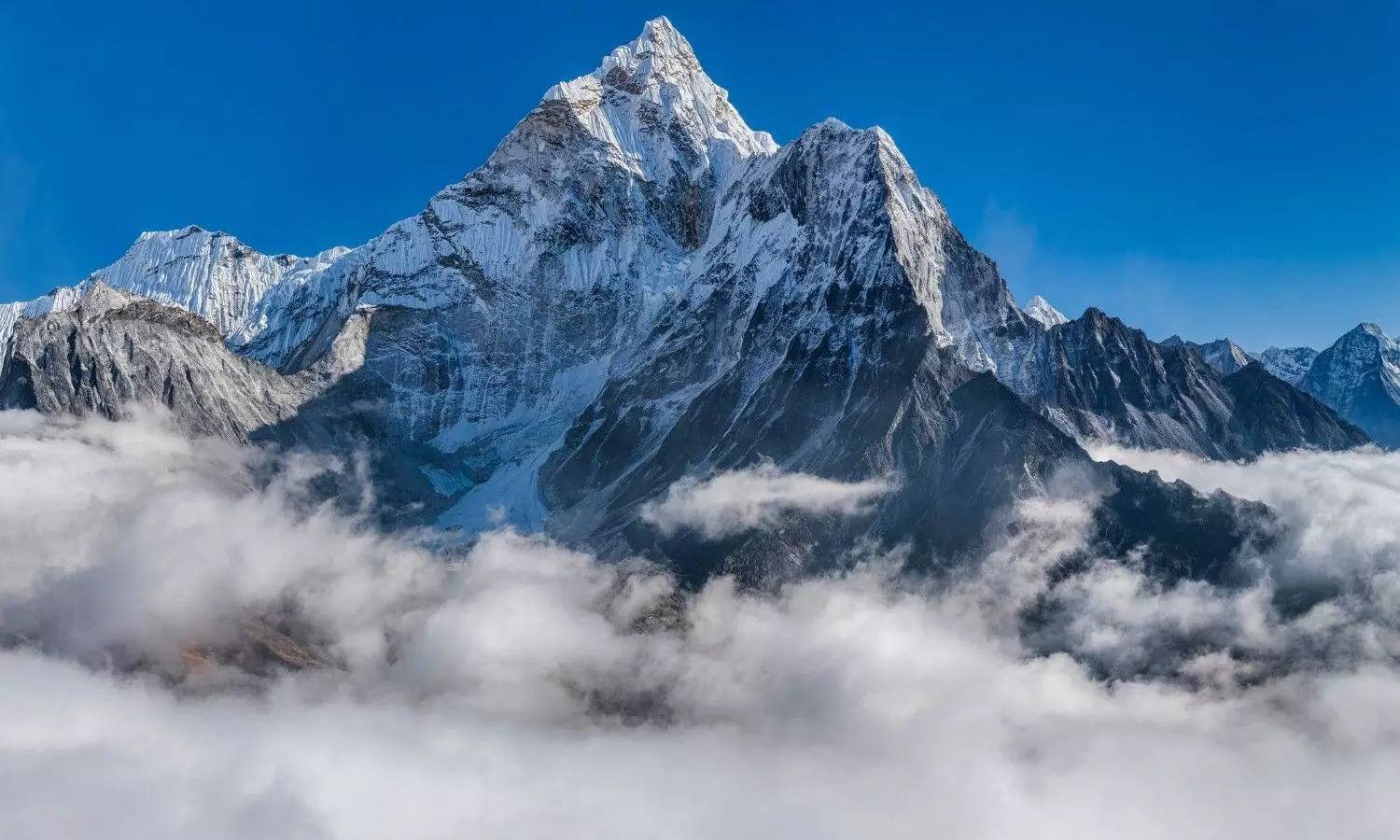
Himalayas in high quake-risk zone as India unveils new seismic zonation map
The move marks one of the most significant changes to seismic hazard assessment in decades, showing that 61 per cent of India now falls within moderate to high-risk zones

India has unveiled a radically updated seismic zonation map under the revised Earthquake Design Code issued by the Bureau of Indian Standards (BIS), placing the entire Himalayan arc in a newly created highest-risk Zone VI for the first time.
Also Read: Landslides in Himalayan states: SC raises alarm over illegal tree felling
The move represents one of the most significant changes to seismic hazard assessment in decades, showing that 61 per cent of the country now falls within moderate to high-hazard zones.
Himalayas reclassified
Previously divided between Zones IV and V despite facing similar tectonic threats, the Himalayan belt has now been given a uniform classification.
Earlier, maps underestimated the danger posed by long-unruptured fault segments, especially in the central Himalayas, which have not experienced a major surface-rupturing event in nearly 200 years.
The Himalayas fall into India’s highest seismic risk category because they lie directly on one of the most active tectonic collision boundaries on the planet.
Geologically young terrain
The Indian Plate continues to push northwards into the Eurasian Plate at about five centimetres per year, a powerful movement that created the Himalayas and continues to force them upward.
This ongoing collision generates immense stress within the Earth’s crust which, when suddenly released, results in powerful earthquakes.
Also Read: Uttarkashi cloudburst: Are policy failures fuelling Himalayan disasters? | Anoop Nautiyal interview
The region is also geologically young, meaning the rocks are still adjusting, folding and breaking, making the mountains particularly unstable.
Seismic gaps intensify threats
Several major fault systems run beneath the range, the Main Frontal Thrust, the Main Boundary Thrust and the Main Central Thrust, each capable of generating large earthquakes.
Scientists have also highlighted long seismic gaps where major earthquakes have not occurred for centuries, indicating substantial stored energy. Combined, these factors render the Himalayas among the most earthquake-prone regions in the world.
The latest update factors in the potential for rupture to propagate southwards along the Himalayan Frontal Thrust, extending risks to areas such as Dehradun near Mohand.
Key changes include reclassifying the outer Himalayas, where faults could generate earthquakes that impact densely populated foothill regions.
Stricter standards needed
Settlements located on zone boundaries will now automatically fall under the higher-risk category, placing geological realities above administrative borders.
This is intended to ensure that planners and engineers adopt stricter standards for buildings, bridges and urban infrastructure in vulnerable regions.
Also Read: Dam it! Tibet quakes ought to jolt Himalayan nations out of their egoism
The map reflects the ongoing Indian-Eurasian plate convergence and the resulting stress beneath densely populated states such as Uttarakhand, Himachal Pradesh and parts of Uttar Pradesh.
It calls for retrofitting of existing infrastructure and halting construction on soft sediments or active faults. Experts say the uniform approach marks a major step towards resilience at a time of rising urbanisation.
Driven by advanced modelling techniques, the overhaul requires a nationwide recalibration of disaster preparedness.

